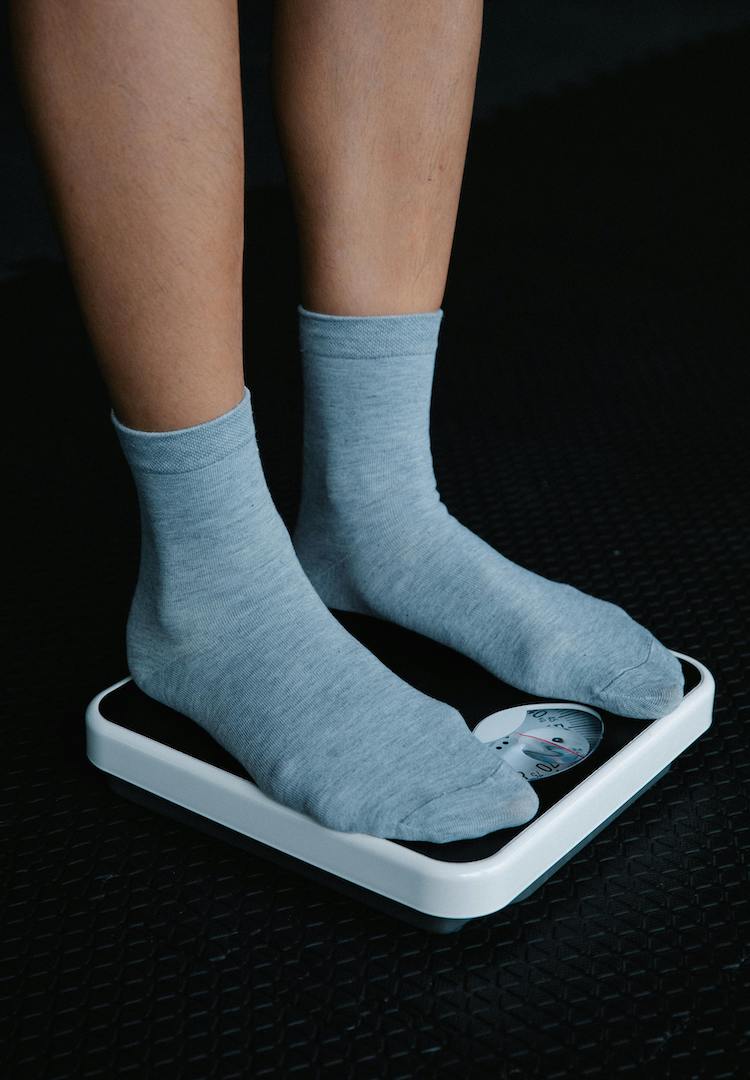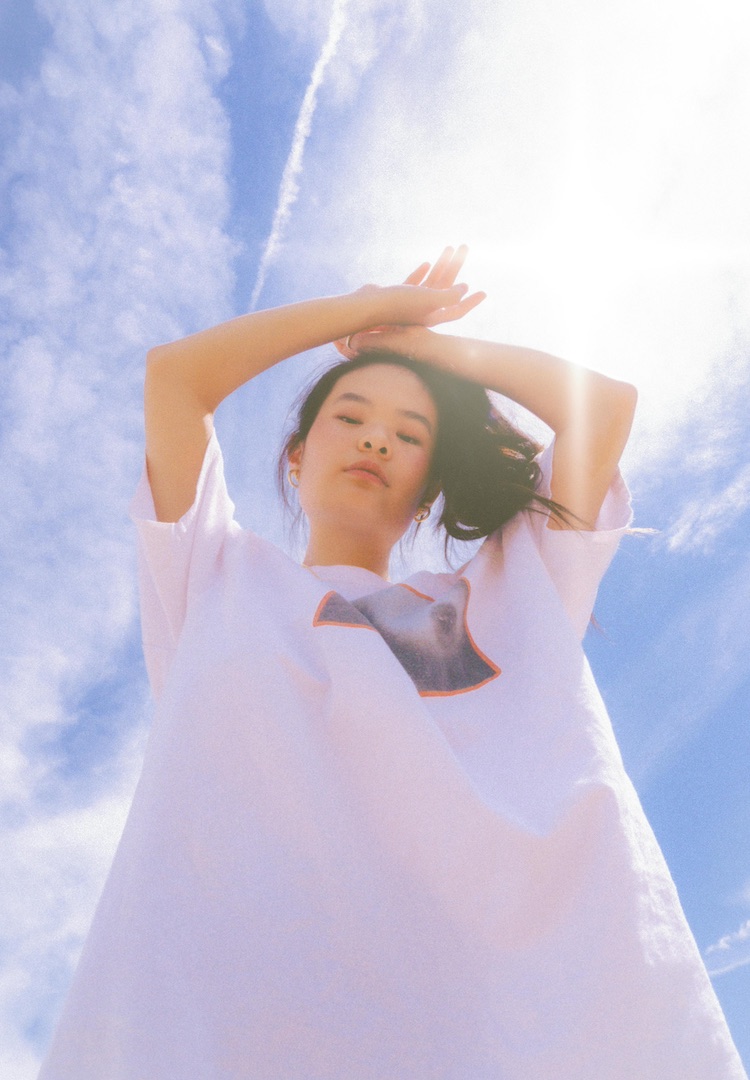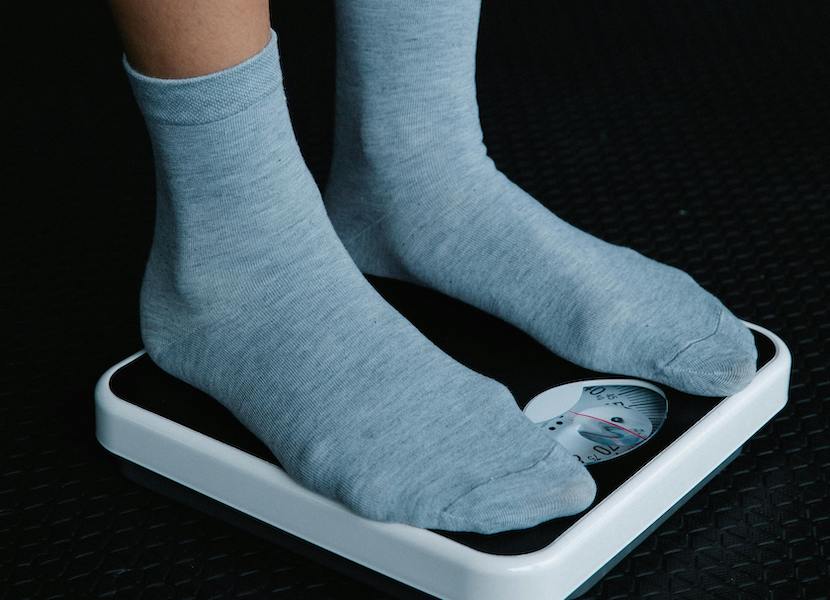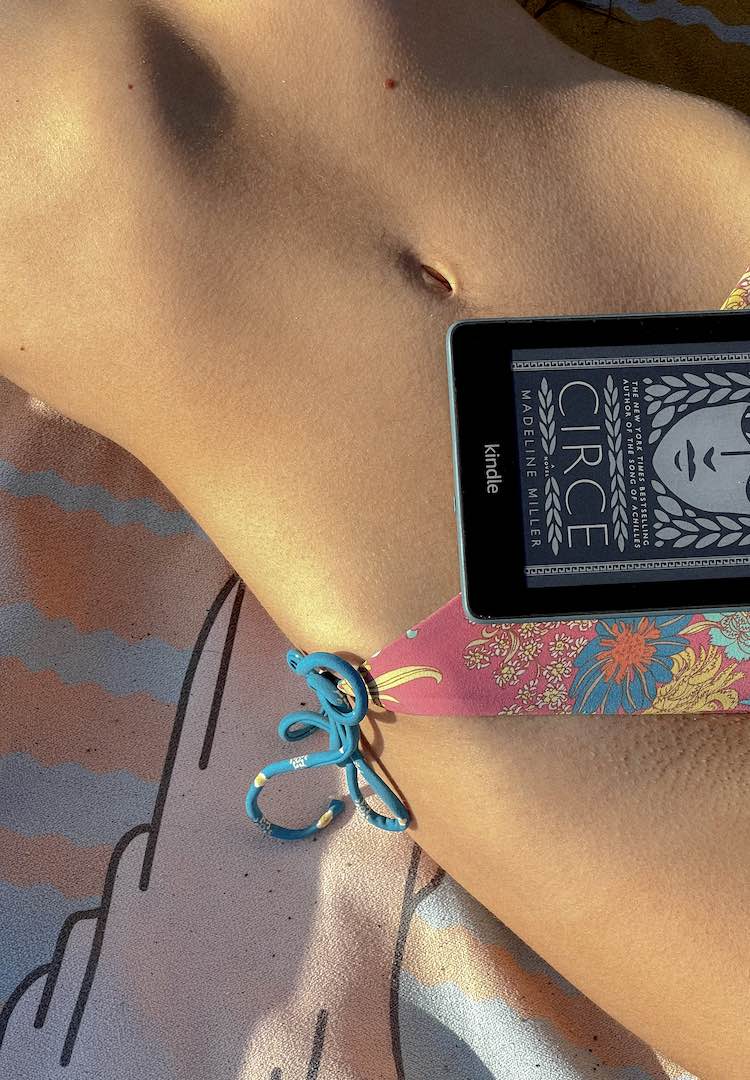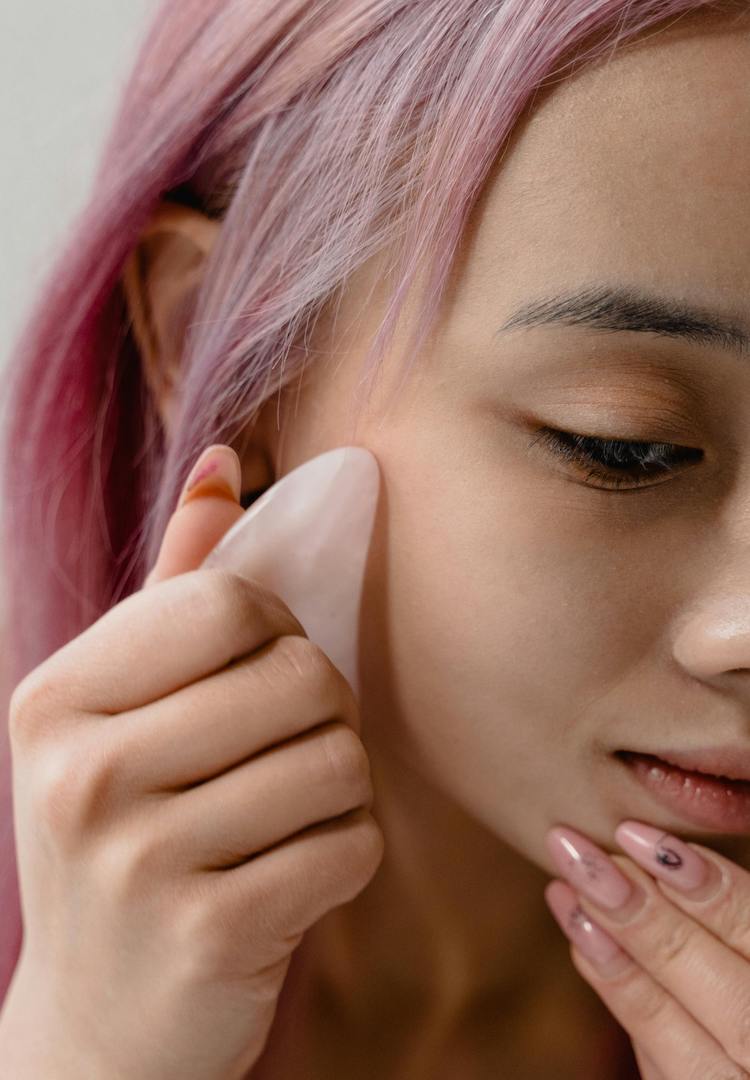Oops, I gave my algorithm an eating disorder
WORDS BY MARYEL SOUSA
Navigating food content online can be a slippery slope.
Content warning: This article contains discussions that may be triggering for those who have experienced disordered eating.
No one would call me a revolutionary for declaring that social media platforms have mutated from their original intention of spaces for connection. Now, they’re fully-fledged marketplaces.
As profit-driven businesses, their algorithms are meticulously designed to serve us the ads we’re most likely to fall for and the content that will keep us glued to our screens. Whether we like it or not, algorithms are shaping consumer behaviour and ultimately, shaping us. From the clothes we buy to the food we eat, we live in a world where what we consume is deeply tied to how we see ourselves.
For more content like this, tap through to our Life section.
As women, we’re taught that beauty is our most valuable commodity. Social media algorithms can capitalise on this by feeding us content from billion-dollar industries intended to make us feel inadequate. Advertisers and influencers promote products that vow to make our hair glossier, our skin softer, our teeth whiter and our bodies thinner, curvier or more toned. The more we interact with this content, the more of it we see, perpetuating an unending cycle of insecurity.
While the platforms may have changed, this isn’t the first time social media has been used to fuel harmful body ideals and disordered eating. In the 2010s, ‘thinspiration’ Tumblr accounts and pro-anorexia (pro-ana) forums revered thigh gaps and prominent collarbones as if they were moral virtues. A rail-thin body was the ultimate status symbol. It was in this era of the internet that Amelia’s* experience with disordered eating began. This year, she noticed history repeating itself with a twist.
People posting to pro-ana forums in 2014 were honest about their goals – eat less, get skinny. This content was dark and to find it, you’d have to intentionally journey to some pretty dark corners of the web. Now, in the new age of influencers and algorithms, most content creators are smart enough to brand themselves as ‘wellness’ gurus, still serving ‘thinspiration’ without being explicit about it. Instead, they show off their ‘healthy’ meals and ‘clean eating’, framing these habits as self-love. This rebranded version appears more innocuous, but its broader reach and covert nature make it all the more disturbing.
“There’s heaps of content validating disordered eating on social media. It makes recovery harder because it feeds that little voice in your head that wants you to keep starving,” Amelia says. The constant triggers feel difficult to escape, nudging her towards damaging habits of the past.
She’s not alone. According to the Butterfly Foundation, a national charity supporting Australians living with eating disorders, over two-thirds of Australians have had their body image negatively impacted by social media. Yet, many people can’t seem to break free from the algorithm’s grip, particularly when it comes to food-centric content. Disordered eating behaviour can present itself in subtle, even appealing ways online, which can make it hard to detect and harder to avoid.
Food frenzy
Food is everywhere on social media. Post-pandemic years have given rise to beauty trends that are nominally delicious – think brownie-glazed lips, blueberry milk nails and caramel latte makeup. In an unpublished excerpt from her Sunday Times article, ‘The rise and rise of ‘dewy dumpling skin’’, American beauty critic Jessica DeFino draws a compelling connection between these food-focused beauty trends and the current state of our diet culture.
The world is idolising thinness again – influencers are reversing their BBLs, weight-loss crazes are causing national Ozempic shortages and the phrase ‘heroin chic’ is unbelievably back in the cultural zeitgeist. Could it be, Jessica wonders, that our craving for an edible appearance stems from our bodies’ unmet desire to feed? Are we searching for new ways to satiate our appetites?
Of course, we’ve become obsessed with food in a more literal sense, too. Whether it’s watching people who eat less than us or those who eat much, much more, we’re fascinated by it. Over the last decade, you’ve almost certainly stumbled upon this type of content. Influencers have revived the What I Eat in a Day format, often preaching the moral goodness of small portions and ‘clean’ ingredients. Meanwhile, mukbang – the foodcasting format imported from South Korea – has surged in popularity, as countless (often slim) creators glut enormous helpings of food for your entertainment. From one extreme to the other, one thing’s for certain: we’re captivated by what other people consume. But why?
Melissa Wilton, Head of Communications and Engagement at the Butterfly Foundation, suggests that we’re attracted to What I Eat in a Day videos because in them, we think we may finally learn what it takes to reach society’s impossible beauty standards. Popular variations, such as What I Eat in a Day as a Model or What I Eat in a Day to Lose Weight, make an unspoken promise: by mimicking your favourite influencer’s diet, you could look like them, too.
While some content is designed to dictate what and how much you eat, other content exists to tempt you with the foods you crave but deny yourself. Studies have identified ‘vicarious consumption’ as one of the primary reasons that people – predominantly women – watch mukbang videos. Its effect has become almost voyeuristic, with viewers deriving pleasure from the decadent overconsumption occurring on-screen, as the creator seemingly does so without feeling guilt or gaining weight.
For those experiencing eating disorders, this kind of content can validate unhealthy behaviours. Bree Lenehan built her impressive social media following by promoting self-love and positivity. Her vulnerability has inspired thousands of other women to end their battles against their bodies. Six years ago, Bree lived with an eating disorder that was exacerbated by social media. “I put myself in an echo chamber, following accounts that posted content that reinforced my disordered eating habits. It absolutely would have stunted my recovery journey if I hadn’t realised there is more to me than my body,” she says.
While there are influencers like Bree fostering online spaces centred around encouragement and community, dangerous content still lurks. The Melbourne School of Psychological Sciences found that if you’re currently diagnosed with an eating disorder, you’re 4137 per cent more likely to be served eating disorder-related content as your next video on TikTok. And although nearly half of Australians can identify when online content adversely impacts their body image, we’re not doing much to help ourselves. Only 16 per cent unfollow accounts that promote unrealistic beauty standards or trigger negative feelings, and less than nine per cent have used social media tools to adjust the content they see.
Conscious consuming
While these stats are concerning, it’s important to remember that algorithms aren’t out to give you an eating disorder. An algorithm isn’t an Almond Mum, it’s a business tool. Its only purpose is to keep you online for longer, to increase a platform’s chance of making money off of you. To achieve that, it will serve you the content you’re most likely to engage with, based on what you’ve interacted with in the past. So, if you’re seeing triggering content online, it may be time to take control of your algorithm.
In a statement to Fashion Journal, a spokesperson from TikTok said, “TikTok is an inclusive and body-positive environment, and we do not allow content that depicts, promotes, normalises or glorifies eating disorders… We will remove content and accounts that breach our Community Guidelines and encourage users to report in-app any content they believe shouldn’t be on TikTok.” They also noted the platform redirects users who search for disordered eating content to helpful and appropriate support services, like the Butterfly Foundation. Meta (the parent company of Instagram) and YouTube didn’t respond to our request for comment.
All three platforms offer built-in features that can help you get your algorithm back on track. You can unfollow or block unhelpful accounts and swap them out for ones that make you feel good. Instagram and TikTok also have options for blocking content with specific keywords, if you’re looking to avoid any and all content to do with food. When the algorithm shows you content you recognise as potentially triggering, you can indicate it isn’t for you by holding down the screen on TikTok or YouTube or clicking the three dots on Instagram and selecting ‘not interested’. You can follow these same steps to report content that breaches community guidelines on all platforms.
If all else fails, you can hit the reset button. Under ‘content preferences’ in TikTok settings, you can refresh your For You feed entirely. On Instagram and YouTube, clearing your search history should reset the content recommended to you.
Social media isn’t going anywhere and, realistically, neither are we. Reclaiming your experience online doesn’t have to mean logging off – in fact, your algorithm can lead you to healing if you direct it that way. For Amelia, taking breaks from social media helped her recovery process until she found an online community around body neutrality. Still, she remains vigilant as she knows how easily she could fall back down the rabbit hole. Luckily, more and more creators like Bree are striving to create safe and loving spaces. “If the narrative you wish to tell yourself is that we are all unique and good enough, then your algorithm will support that. I will always aim to be just one corner of the internet where you’ll find positive, authentic content to make you feel more comfortable in your skin and to be exactly who you are.”
*Name has been changed.
For support with eating disorders or body image concerns, call Butterfly National Helpline on 1800 33 4673 or visit butterfly.org.au to chat online or email, seven days a week.
This article was originally published in Fashion Journal issue 195, read it here.


